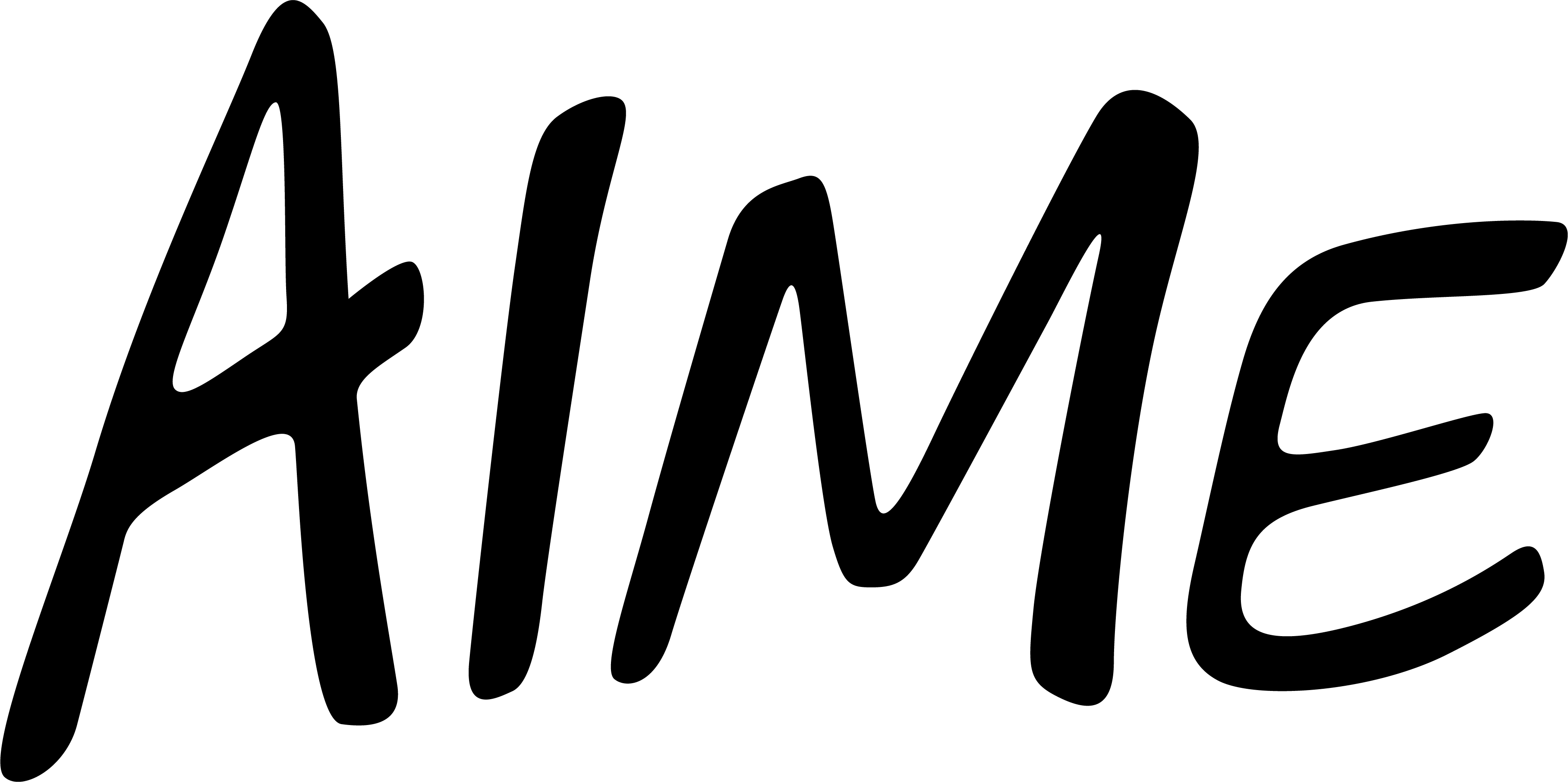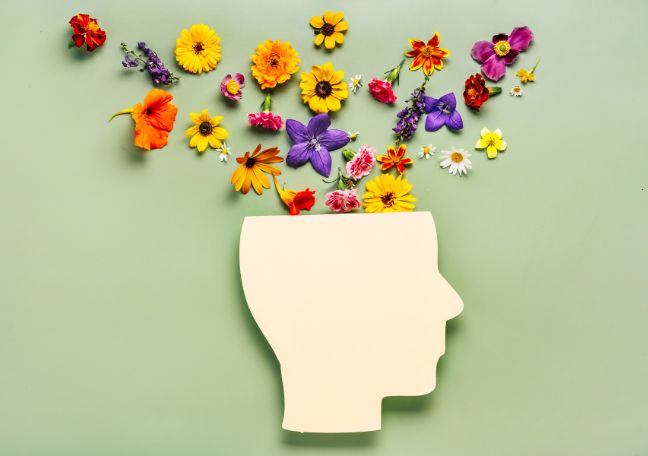Lesson summary
Students explore how we frame our understanding of mental health. Rather than a problem to be solved, students look at mental health conditions as providing us with particular strengths and skill sets. Students nurture their collaborative skills by having safe and supportive conversations with people about their designs.
Learning intentions:
Students will…
- consider how they reframe mental health conditions.
Success criteria:
Students can…
- demonstrate their ability to positively reframe mental health conditions
- have safe and supportive conversations around mental health.
Lesson guides and printables
Curriculum links
Select your curriculum from the options below.
Lesson details
21st Century Skills
- Communication
- Critical thinking
- Cultural understanding
- Empathy
- Social skills
- Collaboration
Curriculum Mapping
Australian Curriculum (v9.0) content description: Visual Arts
- reflect on the way they and other visual artists respond to influences to inspire, develop and resolve choices they make in their own visual arts practice (AC9AVA10D02).
- select and manipulate visual conventions, visual arts processes and/or materials to create artworks that reflect personal expression, and represent and/or challenge, ideas, perspectives and/or meaning (AC9AVA10C02)
General capabilities: Literacy, Personal and Social Capability, Intercultural Understanding, Critical and Creative Thinking
Syllabus outcomes:
- Visual Arts, Representation, Outcome 5.4: Investigate the world as a source of ideas, concepts and subject matter in the visual arts
- Visual Arts, Resolution, Outcome 5.6: Demonstrates developing technical accomplishment and refinement in making artworks
Cross-curriculum priority:
Relevant parts of Year 9 & 10 achievement standards: Students can analyse how and why visual conventions, visual arts processes and materials are manipulated in artworks they create and/or experience. Students draw on inspiration from multiple sources to generate and develop ideas for artworks. They document and reflect on their own visual arts practice. They use knowledge of visual conventions, visual arts processes and materials to create artworks that represent and/or communicate ideas, perspectives and/or meaning.
UN Sustainable Goals
Target 4.1 - By 2030, ensure that all girls and boys complete free, equitable and quality primary and secondary education leading to relevant and effective learning outcomes.
Target 4.5 - By 2030, eliminate gender disparities in education and ensure equal access to all levels of education and vocational training for the vulnerable, including persons with disabilities, indigenous peoples and children in vulnerable situations.
Target 4.7 - By 2030, ensure that all learners acquire the knowledge and skills needed to promote sustainable development, including, among others, through education for sustainable development and sustainable lifestyles, human rights, gender equality, promotion of a culture of peace and non-violence, global citizenship and appreciation of cultural diversity and of culture’s contribution to sustainable development.
Resources Required
- Access to internet links embedded in the lessons
- Device capable of presenting audio and video to the class
- Student Worksheets - one copy per student
- Writing materials
Additional Info
In the Making of a Hoodie Podcast, the host, Jack Manning Bancroft, gathers with groups of unlikely connections to dive deep on challenges, topics and issues, explore guest stories and design a hoodie together to collectively represent them.

Level of teacher scaffolding: High - Discussion of mental health and sensitive concepts.


Welcome back!
Don't have an account yet?
Log in with:
Create your free Cool.org account.
Many of our resources are free, with an option to upgrade to Cool+ for premium content.
Already have an account?
Sign up with:
By signing up you accept Cool.org's Terms and Conditions(Opens in new tab) and Privacy Policy(Opens in new tab).